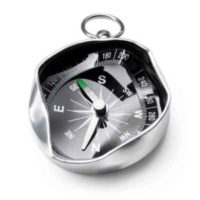
Is our compass broken?
We couldn’t find the page you were looking for. Perhaps looking for a course, group or blog post?
Please confirm you want to block this member.
You will no longer be able to:
Please allow a few minutes for this process to complete.